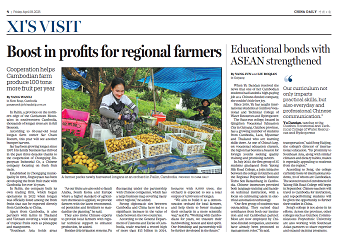Guizhou mountain tourism is peak treat

A group of Bouyei people give a singing performance accompanied by instruments at the Wanfenglin scenic area in Qianxinan Bouyei and Miao autonomous prefecture, Guizhou province. [Photo provided to China Daily]
Increased and upgraded facilities provide visitors with new heights of comfort and adventure, report Yang Feiyue and Yang Jun.
Veteran marathon runner Kong Jie has just had a very special running experience in Xingyi. She recently traveled to the capital city of the Qianxinan Bouyei and Miao autonomous prefecture in the southwestern province of Guizhou for a half-marathon on Sept 10.
"It was my first time in Xingyi, and it left a deep impression on me," says Kong, who comes from Jiaxing in the eastern province of Zhejiang.
"The temperature is comfortable, and the air is fresh. The racetrack was between two AAAA-level tourist attractions, and it was very enjoyable to run," the woman in her 30s adds.
Kong has won top prizes in several marathons, including in Zhejiang's capital Hangzhou, Fujian province's capital Fuzhou, and Shandong province's Qingdao.
She says the races she entered before were all on flat terrain at lower altitudes, so this race along a mountainous path was quite challenging.
But she didn't have her eyes set on the prize this time.
"I mainly wanted to enjoy this race and experience the charm of the ethnic cultures of southwestern Guizhou," Kong says.
Kong spent the following days after the race touring the city and found herself becoming addicted to its picturesque landscapes and folk customs.

Travelers enjoy rafting in Malinghe Canyon in the prefecture. [Photo provided to China Daily]
She says she has gained a deeper understanding of local culture and will recommend southwestern Guizhou to her friends when she gets home.
The half-marathon was an event held in advance of the International Conference of Mountain Tourism and Outdoor Sports that will take place this Friday and Saturday.
The racecourse passes through scenic areas, urban and rural settings, allowing participants to enjoy sports amid beautiful scenery. Traditional singing, Chinese and Western musical performances and intangible cultural heritage displays were also put on to spice up the runners' experiences.
This is the sixth time that Qianxinan prefecture has staged the grand mountain and outdoor sports event since 2015.
It has encouraged people to tap into the area's karst, waterfall, mountain and grassland resources to develop a wide range of outdoor sports activities, including paragliding, cave exploration, drifting, cycling, kite flying, car rallying and rock climbing.
Many natural spots have been turned into outdoor sports parks with upgraded infrastructure.
The moves have helped fuel culture and tourism, and satisfied the public need for fitness, travel and folk custom experiences.
The Anlong Limestone Resort outdoor sports park has received more than 40,000 traveler visits since it reopened in early July, says Wu Bin, the park's executive director, adding that about 8,000 of those visits were to participate in outdoor sports.
The Wanfenglin scenic area has been crowded with tourists during weekends, benefiting a bright, recently opened cafe with floor-to-ceiling windows that allow customers to see the mountain peaks.
The cafe is surrounded by rapeseed flowers and emanates a pastoral vibe, and is just one of many new experiences and facilities that the scenic spot has introduced over the years to attract travelers.

Runners at a half-marathon event held this year in the Wanfenglin scenic area, Qianxinan prefecture. [Photo provided to China Daily]
There are now a range of cultural and tourism experiences on offer, including distinctive homestays, blossom sightseeing, farming, camping under the stars, fruit picking and art festivals.
Su Qiuyan is glad that she made the bold decision to open a homestay in Wanfenglin at the beginning of last year, when everything was still in the grips of the COVID-19 pandemic.
"Choosing to run a homestay during uncertain times was not just a matter of passion but also a belief in the allure of mountain tourism in Qianxinan," Su says, adding that she believes in the great potential for future development.
Since July, her homestay, with nine guest rooms, has been pretty much booked up, and the bookings are now flowing in after the National Day holiday, she says.
Su says she was amazed by the magnificent, perilous and secluded landscapes the first time she visited the autonomous prefecture about 18 years ago.
It was quite different from her coastal hometown in Fujian province.
The charming, leisurely lifestyle convinced her to start her own tourism career in the prefecture and for over a decade, she has seen the rise of mountain tourism.
"In the past, Qianxinan was hidden deep in the mountains, only known to a few. Although the scenery was beautiful, there were very few tourists," she recalls.
"Nowadays, an increasing number of scenic areas have emerged, and each attraction is bustling with tourists. The tourism industry is becoming ever more diversified, with facilities and services continuously improving," she adds.
The area can become a fertile ground for the homestay industry, she predicts.
By 2022, the number of AAAA-level scenic spots in Qianxinan had grown to 13, up from two in 2016, and 30 AAA-level sites emerged in the same period.
Accommodation development has been a priority, with the building of several five-star hotels and more than 400 homestays that together offer around 100,000 beds.
Hundreds of tourism projects have sprung up, ranging from rural restaurants to handicrafts and specialty stores and businesses.
With the prefecture's rising fame as a mountain destination, facilities such as hotels, restaurants, air links, shopping and accommodation are becoming increasingly complete, says Ran Xingpu, secretary-general of the Qianxinan tourism industry association.
The association has conducted a series of activities to spice up this year's mountain and outdoor sports event, including intangible cultural heritage exhibitions and Bouyei opera performances.
"Local people are benefiting from tourism in terms of entrepreneurship, employment and travel," Ran says.
Yu Jian, who was born and bred in Qianxinan, has benefited from rising tourism.
He has been a tour guide at multiple mountain-based tourist attractions in the prefecture for five years.
He is now working at Malinghe Canyon, about a 40-minute drive north of Wanfenglin.
The canyon packs in visitors all year round, who come for the landscape that varies with the seasons.
"It takes about two-and-a-half hours to tour Malinghe Canyon, and more tourists have shown up during the summer vacation period," Yu says.
The most common feedback he has received is that travel in Qianxinan is a slow-paced enjoyment, and there's no need to rush through an itinerary. "I have to shuttle back and forth two to three times every day. Sometimes, I walk more than 37,000 steps in a day," Yu says.
"As more visitors come, we continue to improve our services. Our explanations have also evolved, from just introducing the scenic area at first, to covering various aspects of the tourist experience in Qianxinan, including dining, accommodation, transportation, shopping and entertainment," he adds.
Local authorities have trained staff involved in the tourism sector, especially before the International Conference of Mountain Tourism and Outdoor Sports.
The endeavors have led Qianxinan's tourism income to surge from 11.2 billion yuan ($1.54 billion) in 2016 to 29.8 billion yuan last year, and tourist visits from 15.3 million to 32.8 million, according to local authorities.
For the first seven months of this year, the prefecture received 24 million traveler visits and raked in 22 billion yuan in tourism revenue, recovering to the levels seen before the pandemic in 2019.
Wang Qiao, deputy director of the prefecture's culture, sports, radio, television and tourism bureau, says more effort will go into making the prefecture an international mountain tourism destination and a top-tier domestic resort.
"This will unleash the benefits of mountain tourism and outdoor sports, stimulate cultural and tourism consumption potential, drive the development of integrated tourism, and effectively connect the achievements of poverty alleviation with rural vitalization, ensuring the sustained and high-quality development of our region," Wang says.
Zhao Yandi contributed to this story.
Contact the writers at yangfeiyue@chinadaily.com.cn
All rights Reserved. 京ICP备13028878号-8







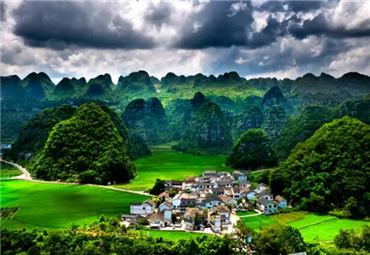 Overview
Overview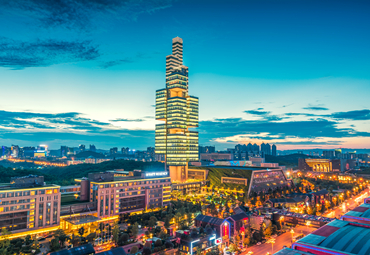 Guiyang
Guiyang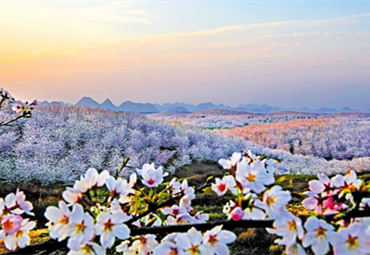 Guian New Area
Guian New Area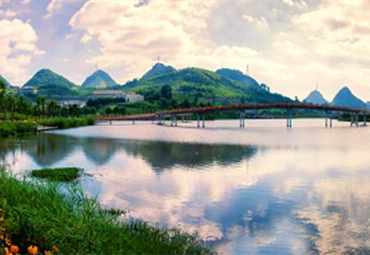 Liupanshui
Liupanshui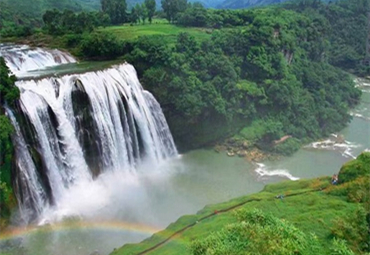 Anshun
Anshun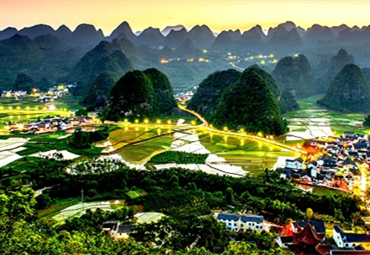 Qianxinan
Qianxinan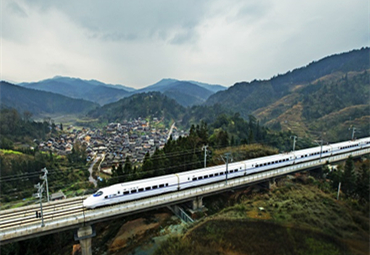 Qiandongnan
Qiandongnan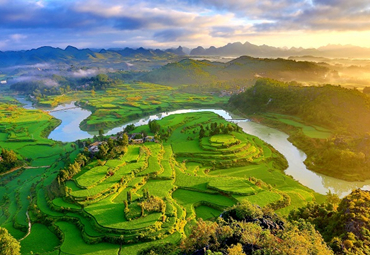 Qiannan
Qiannan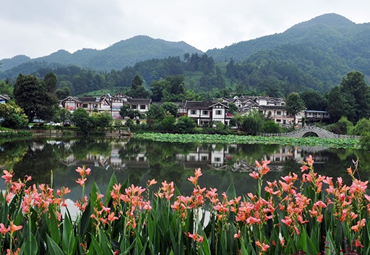 Zunyi
Zunyi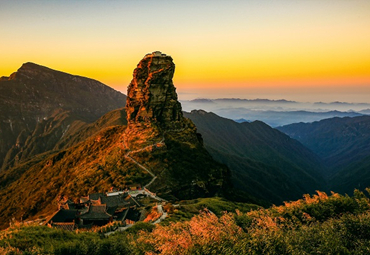 Tongren
Tongren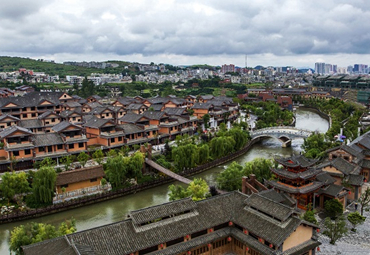 Bijie
Bijie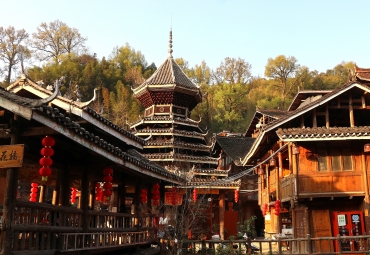 Guizhou commits to culture preservation and rural vitalization
Guizhou commits to culture preservation and rural vitalization Guizhou voice at 2025 national two sessions
Guizhou voice at 2025 national two sessions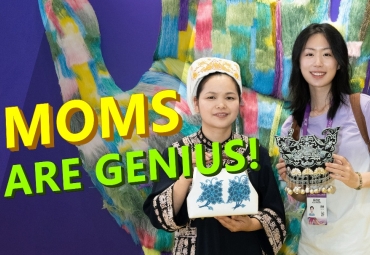 Meet the 'genius moms' at Shenzhen cultural fair
Meet the 'genius moms' at Shenzhen cultural fair 
